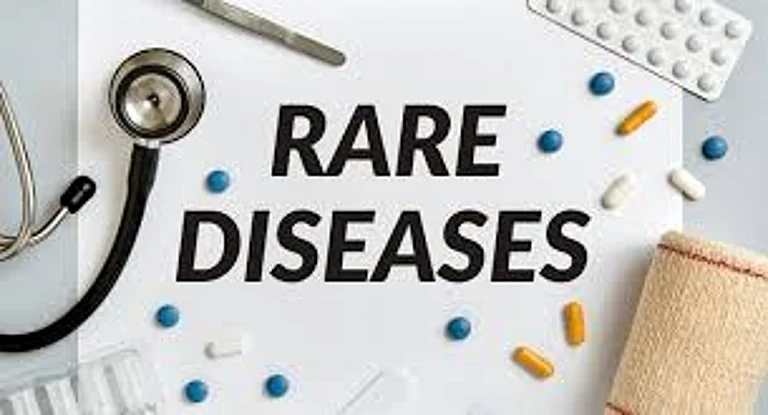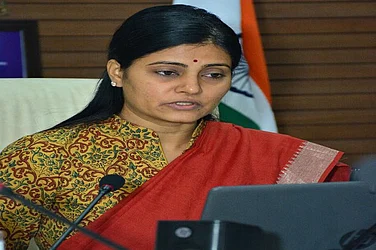Even as hepatologists call for stronger public funding with fatty liver disease emerging as the leading indication and increasingly affecting poor, India has surpassed all countries in annual living donor liver transplants (LDLTs), according to data presented at the Liver Transplantation Society of India’s annual conference (LTSICON 2025) held in Delhi last week.
Experts drew upon figures from the Global Observatory on Organ Donation and Transplantation (GOODT) and the National Organ and Tissue Transplant Organization (NOOTO) to underscore the scale of India’s ascent in a field long dominated by Western nations.
Presenting the data, experts noted that India performed around 5,000 liver transplants in 2024, supported by over 200 active centres.
Dr. Abhideep Chaudhary, President-Elect of the Society and organising chairman of LTSICON 2025, said India has consistently logged the highest number of living donor procedures globally.
“Our volume is matched by oversight,” he said. “Every LDLT in India follows a stringent, transparent, legally monitored process to safeguard both donor and recipient. The system is governed at state and national levels.”
Most donors are close relatives, and each case undergoes multiple layers of medical, psychological and ethical scrutiny.
This rigour, Dr. Chaudhary said, has enabled India to achieve outcomes “often comparable to, and sometimes better than, many developed nations”.
In India, Delhi has quietly climbed to the top of global liver-transplant rankings, performing nearly 1,500 live donor liver transplants (LDLTs) every year — the highest for any city worldwide.
Dr. Sanjiv Saigal, President of the Society attributes India’s dominance to specialised high-volume transplant units, strong family donor networks, advanced surgical expertise, and rapid organ availability, which shortens waiting times and improves outcomes.
“The cost of a liver transplant in India is a fraction of what it is in Western countries, without any compromise on outcomes,” he said. “This has positioned India as a global destination for patients from Asia, the Middle East and Africa seeking world-class care at an accessible price.”
Speaking on India’s surgical evolution, Prof. Mohamed Rela, an eminent liver transplantation surgeon and president, International Liver Transplant Society, Chennai, noted that while India adopted kidney transplantation early, it entered the liver transplant space much later.
“Liver transplants began here in meaningful numbers only about 15 years ago—almost three decades after the Western world,” he said.
Even so, the progress has been significant. India now performs both deceased donor liver transplants (DDLT) and living donor liver transplants (LDLT), with the South performing more DDLTs due to higher availability of brain-dead donors.
LDLT, he said, demands vastly greater precision. “Liver transplantation requires removing the entire liver—an organ weighing about 1.5 kg with no spare room in the abdomen—and replacing it with a donor graft. It is one of the most technically demanding operations performed on the human body.”
Despite LDLT originating in Japan and Korea, he said, “India performed more than 5,000 living donor liver transplants last year—more than any other country, including the U.S., Germany, the U.K., Korea and Japan.”
“A liver transplant in the United States costs around USD 750,000—nearly Rs3 crore. In India, the same procedure with a living donor costs between Rs20 lakh and Rs25 lakh,” Dr Rela said, “approximately one-twentieth the American cost.”
He stressed that while some states like Tamil Nadu, Telangana and Maharashtra have begun supporting the procedure, substantial gaps persist.
“Transplantation should not be seen merely through the lens of affordability. Twenty lakh rupees is still beyond the reach of most patients,” Dr. Rela noted.
States in the South and Maharashtra have introduced frameworks for government-funded LDLTs, but such support remains limited in northern states.
“Public pressure will eventually move policymakers. Transplants must be accessible irrespective of whether a patient is wealthy or poor,” he asserted.
Lifelong immunosuppressive therapy remains another barrier. “These medicines must also be publicly funded.”
Despite comparatively lower costs than the West, the experts reiterated the procedure remains out of reach for a large section of patients, underscoring the need for stronger public funding.
Dr. Saigal who is also Principal Director Hepatology, Liver Transplant Medicine, Max Super Speciality Hospital highlighted a sharp shift in disease patterns, noting that the indications for transplantation have changed markedly over the past two decades. “The pattern has transformed, and today, three conditions overwhelmingly dominate,” he said.
The foremost among these is fatty liver disease, now recognised as the leading cause. He described it as a rapidly escalating metabolic disorder that has emerged as a major public health concern across the country.
The second major category comprises patients with viral hepatitis, particularly hepatitis B and hepatitis C—both long-standing contributors to chronic liver damage and cirrhosis.
The third major driver is alcohol-related liver disease, which continues to account for a significant proportion of patients requiring transplantation.
“Tackling these alone can prevent nearly 95 per cent of serious liver disease,” he said. “Only five per cent of cases would still require intervention.”
The pattern, he noted, is uniform nationwide. “Whether North or South, the profile is identical.”
These conditions frequently progress to cirrhosis and liver cancer, now a major indication for transplantation. Paediatric metabolic and genetic liver diseases also contribute to the transplant load.
“What is most notable—and most concerning—is that all three major adult causes are entirely preventable,” he emphasised.

























